The decision that reveals institutional advances on freedom
In December 2023, the Supreme Federal Court confirmed the validity of the TSE resolution that grants extraordinary powers to combat so-called “disinformation” during the electoral period. According to the STF’s own official website, the measure is presented as a mechanism to defend democracy. But what is presented as protection, in practice, represents a dangerous advance on the limits of freedom of expression — an advance legitimized by those who should guarantee it.
The decision exposes a central problem: when the State assumes the power to define what is true and what is disinformation, it ceases to be an arbiter and becomes a censor. There is no democracy where thought is preemptively policed. As the STF text itself warns: source: STF, this authority can be exercised “ex officio”, without external provocation. In other words: advance censorship, without a defined crime, without contradiction, without immediate recourse.
Freedom, when it is not protected for all — especially the small, the informal, those who think differently — becomes nothing more than a selective privilege, subject to the interpretation of the powerful. And this, historically, is the beginning of all authoritarianism.
The rhetoric of democracy as a pretext for control
What is being legitimized, with the approval of the Supreme Court, is the institutionalization of a blurred boundary between what is considered “freedom” and what the State now calls “toxic information.” As recent reports from CNN Brazil and of the People's Mail, it is a deliberate movement to concentrate power under the pretext of “defending democracy”.
Under this new legal regime, the risk is not only of direct censorship, but of diffuse self-censorship. The population, not knowing exactly what can or cannot be said, keeps silent preemptively. An environment of argumentative fear is created, where doubt becomes an infraction and critical discourse is recoded as a threat to the democratic order. What is consolidated, therefore, is a new form of social control — more sophisticated, more legalistic, but equally authoritarian.
Misinformation does exist, yes — but the natural antidote to misinformation is more freedom, more debate, more plurality of voices. When the remedy becomes censorship, it is a sign that the disease is being used as an excuse for another type of infection: that of unlimited power.
The new architecture of digital authoritarianism
This legal escalation does not occur in a vacuum. It is accompanied by an ideological, technological and bureaucratic ecosystem that transforms judges into editors, courts into filters of public opinion and digital platforms into transmission belts of institutional authority. What is being shaped is a new model of information governance, where doubt is no longer a right, but a risk — and criticism, an act of punishable distrust.
Vaza Toga and the abyss of institutional trust
It is no coincidence that this progress is occurring at a time when trust in institutions is in free fall, as shown by the still unresolved case of Toga leak, revealing the behind-the-scenes nature of the politicization of the Judiciary. The more power is concentrated in the hands of a few, the more selective the application of justice becomes — and the more vulnerable democracy becomes to institutional manipulation.
The erosion of judicial legitimacy is not only the result of controversial decisions, but also of the growing perception that the Judiciary has abandoned impartiality and assumed a political role. When judges become central actors in public disputes — with unilateral decisions that interfere in elections, public policies and freedom of expression — the system loses its restraint on moderation. The Supreme Court, which should be the guardian of constitutional freedoms, begins to act as an informal legislator and institutional censor.
This distortion of the original function of the Judiciary fuels distrust and civil resistance. Respect for institutions depends on their functional humility. When they exchange their robes for the robe of activists, the justices not only betray the constitutional text — they put the democratic contract itself at risk.
Conclusion: censorship with official seal
In this scenario, freedom of expression is no longer a principle to be defended — it is an obstacle to be overcome. And those who defend it are treated as accomplices of disorder, extremists or deniers. Censorship is disguised as regulation. And the protection of democracy becomes its most dangerous pretext.
📩 Want to watch the full series? The New Censorship: Freedom at Risk?
Subscribe to the newsletter Economic Radar and receive all texts directly to your email.
References:
- STF confirms validity of TSE rule aimed at combating disinformation – STF Portal
- Supreme Court has majority to endorse TSE's superpowers against fake news – CNN Brazil
- Supreme Court endorses TSE powers against fake news in elections – People’s Mail
- STF rules that TSE resolution on electoral disinformation is constitutional – STF Portal
- Toga Leak – Wikipedia
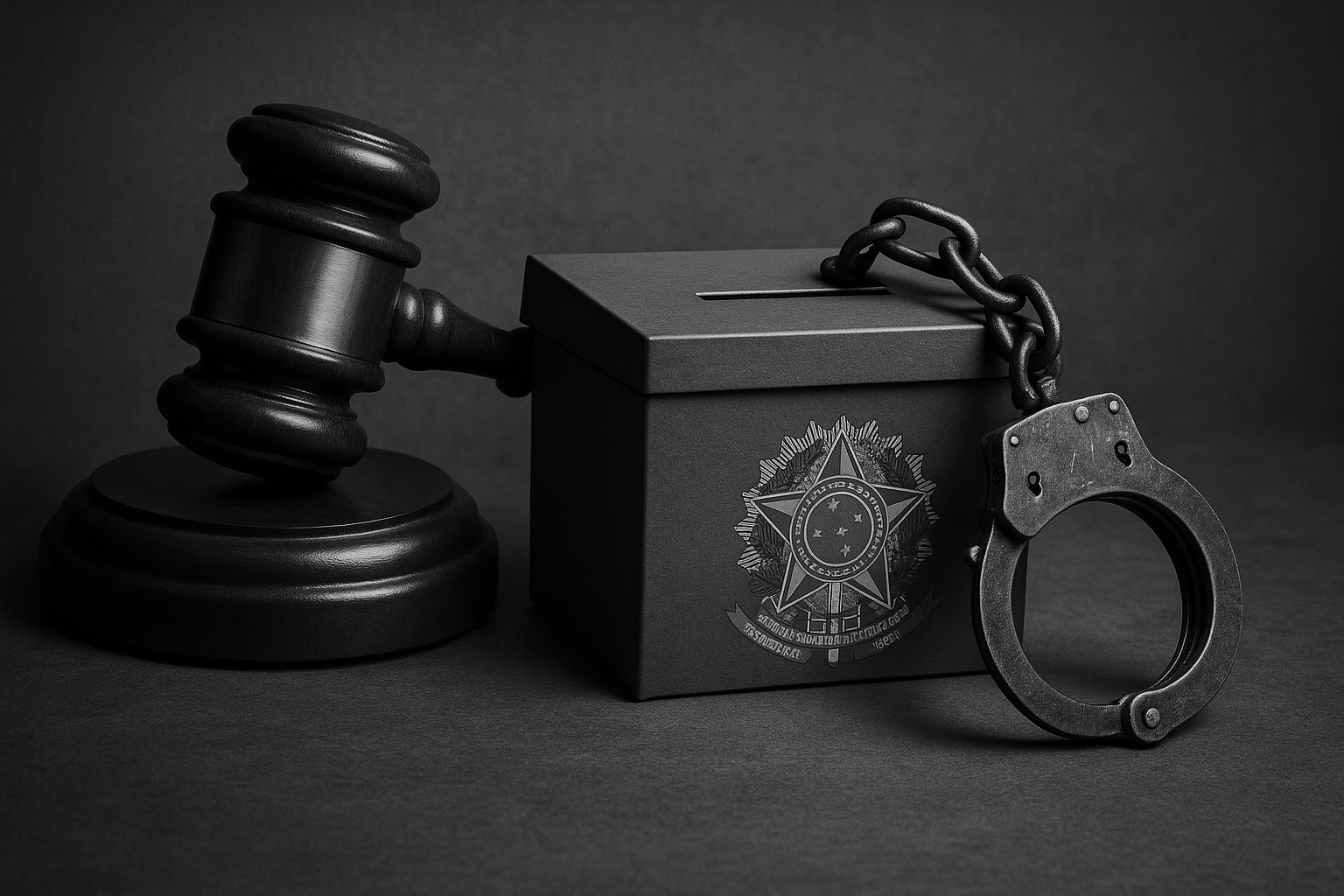
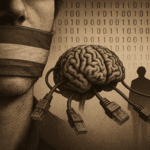
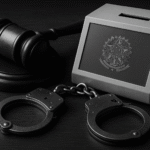
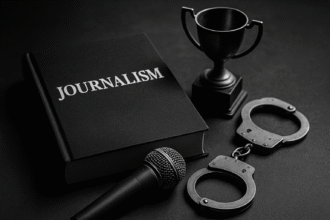

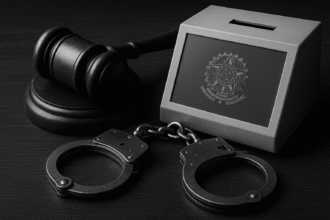
One Comment